Mario-Leander Reimer
Fifty Shades of Kubernetes Autoscaling
#1about 4 minutes
Why cloud-native systems require multi-layered elasticity
Modern applications need to be anti-fragile and support hyperscale, which requires elasticity at the workload level (horizontal/vertical) and the infrastructure level (cluster scaling).
#2about 5 minutes
How metrics and events drive Kubernetes autoscaling decisions
Autoscaling relies on events for cluster-level actions and a multi-layered metrics API for workload scaling based on resource, custom, or external data sources.
#3about 5 minutes
Implementing horizontal pod autoscaling with different metrics
The Horizontal Pod Autoscaler (HPA) can scale pods based on simple resource metrics like CPU, custom pod metrics, or external metrics from Prometheus.
#4about 2 minutes
Using the vertical pod autoscaler for right-sizing workloads
The Vertical Pod Autoscaler (VPA) can automatically adjust pod resources, but its recommendation mode is most useful for determining optimal CPU and memory settings.
#5about 4 minutes
How the default cluster autoscaler works on GKE
The default cluster autoscaler automatically provisions new nodes when it detects unschedulable pods due to resource constraints, as demonstrated on Google Kubernetes Engine.
#6about 5 minutes
Using Carpenter for fast and flexible cluster scaling on AWS
Carpenter provides a fast and flexible cluster autoscaling solution for AWS EKS, enabling cost optimization by using spot instances for scaled-out nodes.
#7about 1 minute
Exploring KEDA for advanced event-driven autoscaling
KEDA (Kubernetes Event-driven Autoscaling) enables scaling workloads, including to zero, based on events from various sources like message queues or databases.
#8about 1 minute
Summary of Kubernetes autoscaling tools and techniques
A recap of essential autoscaling components including the metric server, HPA, VPA, cluster autoscalers like Carpenter, KEDA, and the descheduler for cluster optimization.
#9about 2 minutes
Q&A on autoscaler reliability and graceful shutdown
Discussion on the production-readiness of autoscalers, the importance of observability, and how to achieve graceful pod termination during scale-down events.
Related jobs
Jobs that call for the skills explored in this talk.
Team Lead DevOps (m/w/d)

Rhein-Main-Verkehrsverbund Servicegesellschaft mbH
Frankfurt am Main, Germany
Senior
Featured Partners
Related Videos
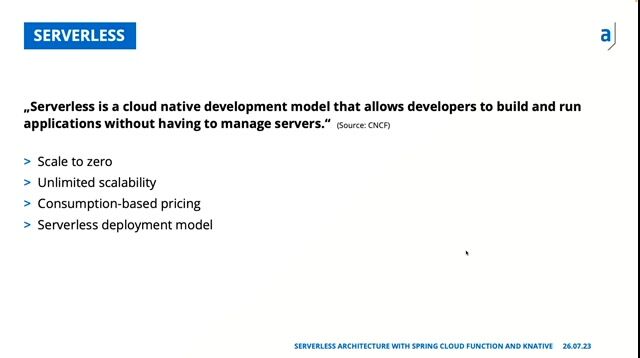 28:55
28:55Serverless Architectures with Spring Cloud Functions and Knative
Ingo Weichsel
 21:43
21:43Operating etcd for Managed Kubernetes
Mario Valderrama
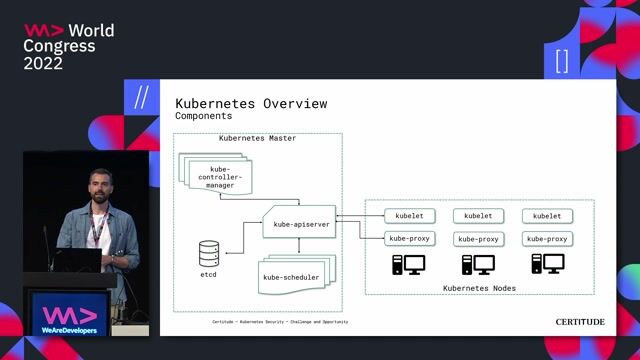 42:45
42:45Kubernetes Security - Challenge and Opportunity
Marc Nimmerrichter
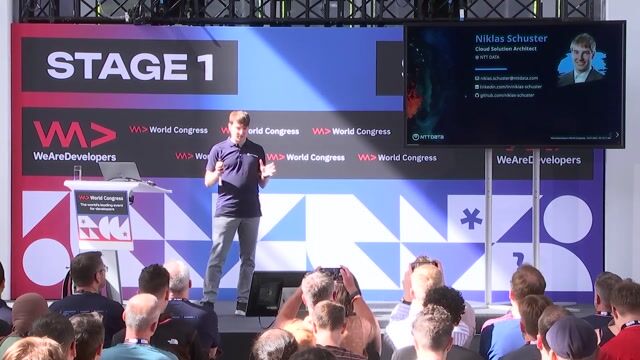 27:52
27:52Chaos in Containers - Unleashing Resilience
Maish Saidel-Keesing
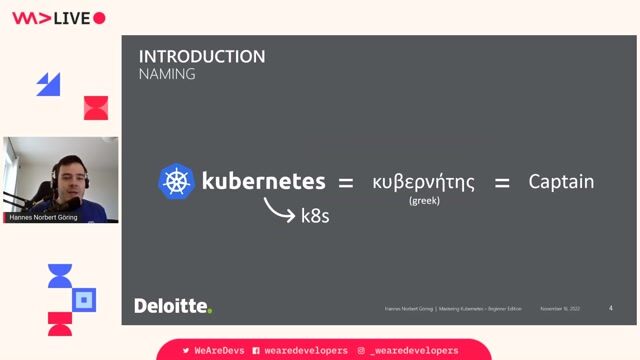 57:24
57:24Mastering Kubernetes – Beginner Edition
Hannes Norbert Göring
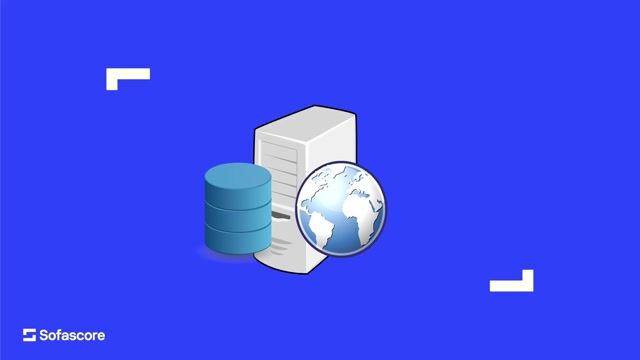 28:12
28:12Scaling: from 0 to 20 million users
Josip Stuhli
 39:20
39:20Developing locally with Kubernetes - a Guide and Best Practices
Dan Erez
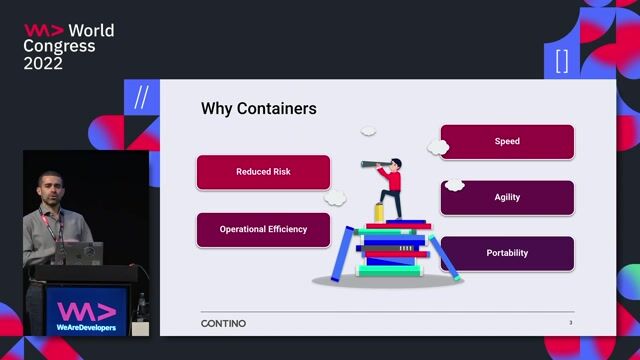 28:03
28:03Containers in the cloud - State of the Art in 2022
Federico Fregosi
From learning to earning
Jobs that call for the skills explored in this talk.


DevOps Engineer – Kubernetes & Cloud (m/w/d)
epostbox epb GmbH
Berlin, Germany
Intermediate
Senior
DevOps
Kubernetes
Cloud (AWS/Google/Azure)


Senior Systems/DevOps Developer (f/m/d)
Bonial International GmbH
Berlin, Germany
Senior
Python
Terraform
Kubernetes
Elasticsearch
Amazon Web Services (AWS)


Senior Platform Engineer AI Services (w/m/d)
BWI GmbH
Bonn, Germany
€90-110K
Senior
Python
Gitlab
Kubernetes


Senior Machine Learning Engineer (f/m/d)
MARKT-PILOT GmbH
Stuttgart, Germany
Remote
€75-90K
Senior
Python
Docker
Machine Learning
Cloud Engineer (AWS - Kubernetes)
Keepler Data Tech
Municipality of Madrid, Spain
Remote
€39-46K
Intermediate
Go
Bash
Scrum
+9
DataCenter DevOps Specialist - Schwerpunkt Kubernetes & Automatisierung (m/w/d)
AKDB
Augsburg, Germany
Bash
YAML
DevOps
Python
Ansible
+6
DevOps / Systems Engineer mit Erfahrung in Kubernetes (m/w/d) (Main)
Cloud Solutions
Frankfurt am Main, Germany
Go
Bash
Rust
Linux
Shell
+6

